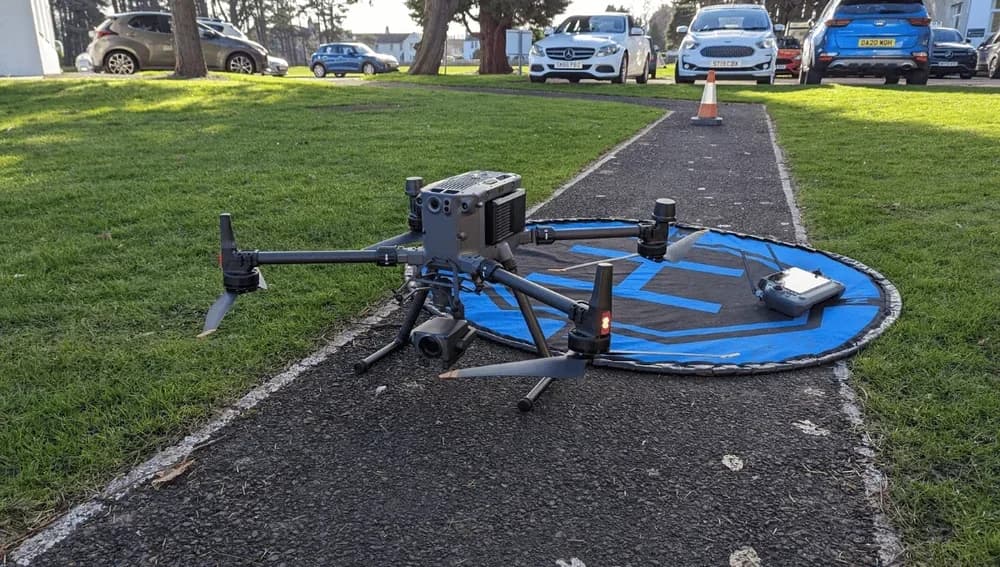
If your planned drone operations present a higher risk, you can't fly in the Open category. Instead, you'll enter the Specific Category, a framework for more complex flights like those beyond your visual line of sight or over crowds.
While it grants you greater operational freedom, qualifying for it requires a formal application and authorization from the CAA, which has its own set of demanding steps.
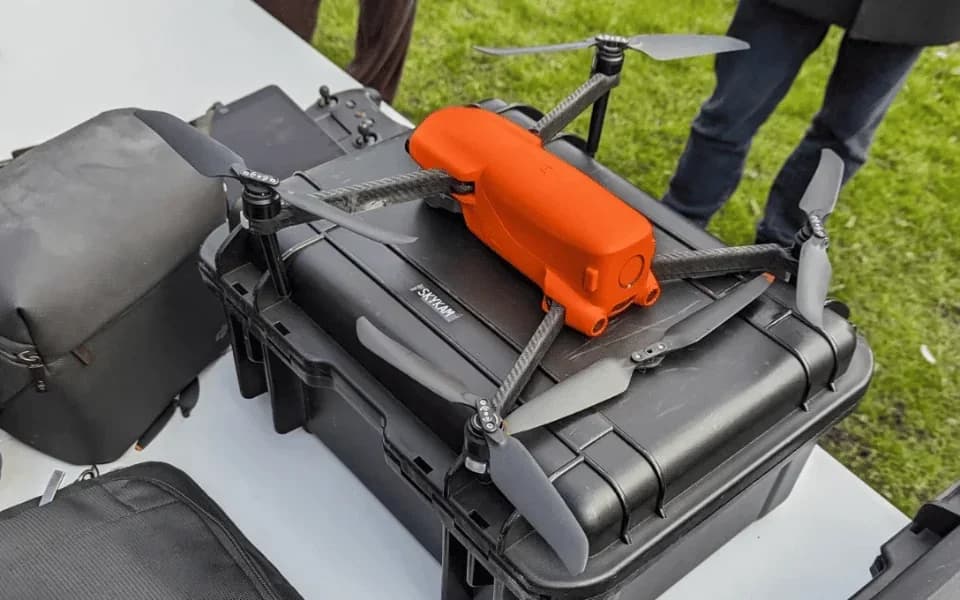
30 Second Summary
- The Specific Category is a UK framework for drone operations involving a greater level of risk.
- It permits advanced flights like operating Beyond Visual Line of Sight (BVLOS) or dropping articles.
- Pilots require an Operational Authorisation from the Civil Aviation Authority (CAA) based on a risk assessment.
- A General Visual Line of Sight Certificate (GVC) is a mandatory pilot qualification for this category.
- It is for flights exceeding the limits of the simpler, authorisation-free Open Category.
What Is Drone Specific Category
The middle tier in the UK's three-level drone classification system, the Specific Category is the framework for operations that carry a greater risk than basic recreational flying. If you find the limitations of the Open Category too restrictive for your flight plans, you'll need to consider this category.
It's your pathway for conducting more complex or higher-risk flights, whether you're flying for commercial purposes or recreationally. What sets it apart is its focus on managing these elevated risks.
Essentially, you're stepping into a regulated space where your specific operation is individually assessed. This isn't about general, low-risk flying. Instead, you're seeking authorization for a mission that requires a more detailed safety case and operational plan. Operating in the Specific Category means you've demonstrated that you can handle the complexities and potential hazards of your non-standard drone flight safely and responsibly.
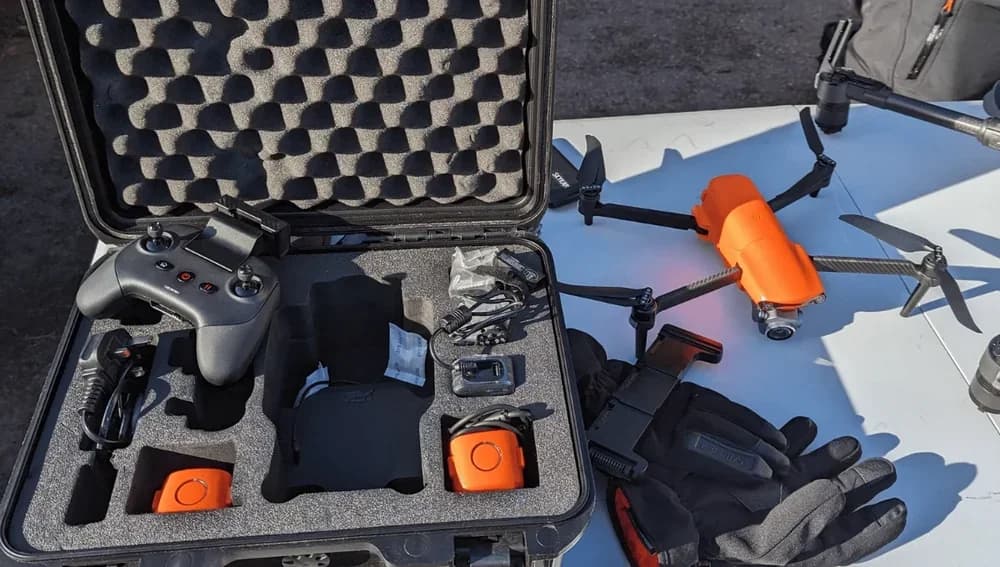
What Operations Are Covered In Specific Category
If your flight plan takes you beyond the limits of the Open Category, you'll be operating in the Specific Category. This category covers a wide range of higher-risk operations that standard rules don't permit.
For instance, you can fly your drone Beyond Visual Line of Sight BVLOS or operate it directly over crowds and assemblies of people. It also allows you to fly heavier drones—those over 25kg—closer to people than is otherwise possible.
You'll also find yourself in this category if you're flying a drone heavier than 4kg in residential or urban environments. Other covered operations include flying higher than the standard 120-meter ceiling above ground level.
It also encompasses specialized tasks like dropping articles, spraying crops, or flying any drone that doesn't have an official class identification label. These missions present a greater risk and fall outside standard flight scenarios.
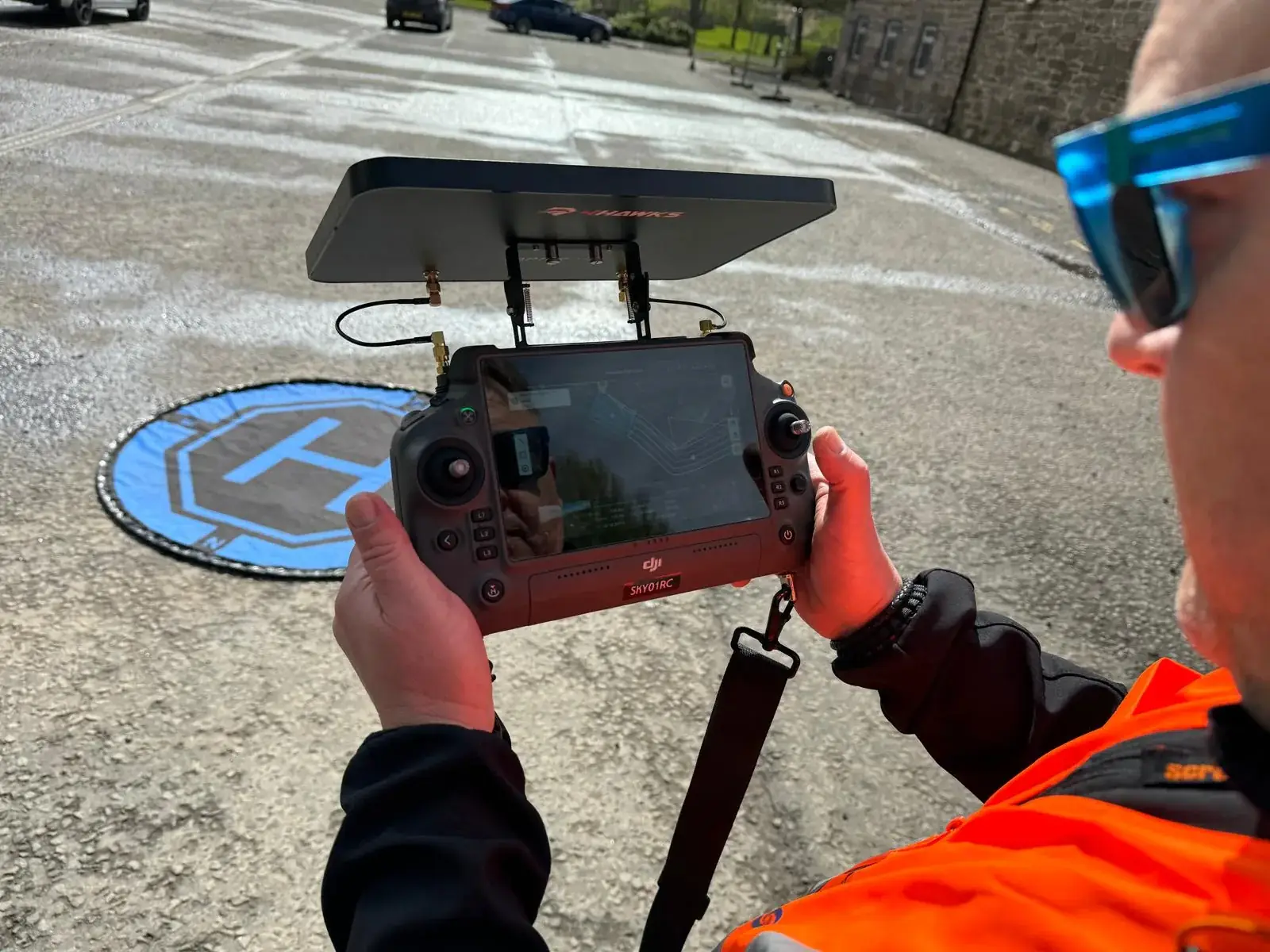
Requirements to Fly In Specific Category
To fly in the Specific Category, you'll need an Operational Authorisation from the UK Civil Aviation Authority CAA. This approval is based on a safety risk assessment that sets out the exact conditions and limitations of your operation.
You'll typically apply for a PDRA01 for standard operations. For flights exceeding that scope, you'll use the UK SORA (Specific Operations Risk Assessment) process.
However, before applying for authorisation, you must first earn your General Visual Line of Sight Certificate GVC. This qualification involves several key steps. You'll undertake theory learning, then you must pass a 40-question exam to test your knowledge.
Next, you'll demonstrate your drone piloting competence in a practical flying test. Finally, you'll create a comprehensive Operations Manual, which is a critical document for your CAA application and future flights. It details all your procedures for safe flying.
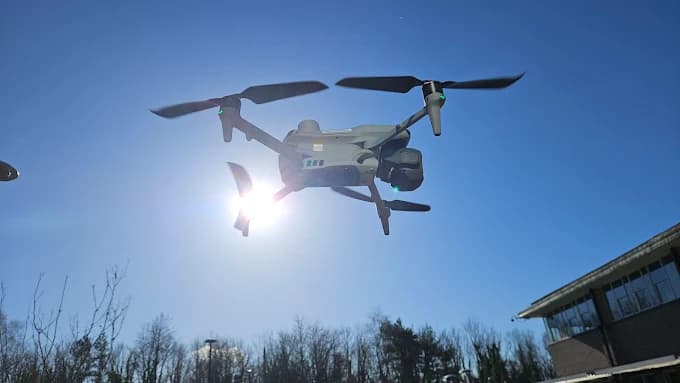
Specific vs Open Category
Unlike the complex requirements of the Specific Category, the Open Category is designed for low-risk flying and doesn't require individual CAA authorisation. This category covers recreational and simple commercial flights with drones under 25kg.
You simply follow predefined rules, like staying within your visual line of sight (VLOS) and below a 120m altitude. Once you've completed basic online training for your Flyer ID, you're ready to fly.
Conversely, if your operation poses a higher risk, you'll enter the Specific Category. This is necessary when you plan to exceed the Open Category's limits—for instance, flying beyond your visual line of sight (BVLOS), operating over crowds, or going above 120m. You can't just fly; you must first earn your General Visual Line of Sight Certificate (GVC), create an Operations Manual, and secure an Operational Authorisation from the CAA for your specific mission.

Specific vs Certified Category
While the Specific Category handles many higher-risk scenarios, some operations pose the greatest risk and fall into the Certified Category. You'll find operations like transporting people, carrying dangerous goods, or flying over assemblies of people in this category. These are situations where you can't adequately mitigate risk using Specific Category methods.
Unlike the Specific Category where you use risk assessments like PDRA01 for an Operational Authorisation, the Certified Category is much stricter. Here, your drone must be type-certified, you'll need a formal drone pilot license, and your organization must hold an Air Operator Certificate.
The Certified Category's regulations mirror manned aviation, applying the most stringent oversight. In contrast, the Specific Category gives you flexibility for professional work like commercial surveys through proportionate safety measures, making it the practical choice for most advanced operations not involving these highest risks.
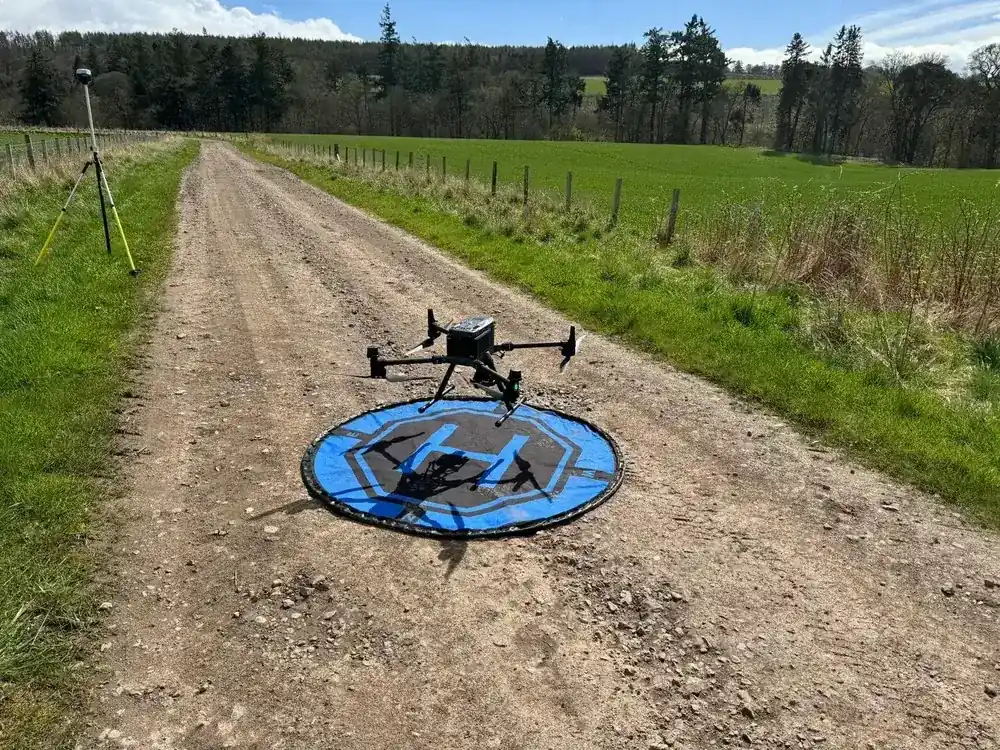
Frequently Asked Questions
What Are the Costs for a Specific Category Authorization?
You won't pay a single, fixed application fee. Your costs come from meeting the requirements. You'll need to pay for mandatory training and qualifications, like a GVC course.
You'll also spend time—or hire a consultant—to develop your comprehensive Operations Manual and risk assessments (SORA). Finally, don't forget the cost of specialized commercial drone insurance, which is a significant and recurring expense. These combined factors determine your total investment.
How Long Does Obtaining Authorization Usually Take?
Obtaining authorization can take a significant amount of time, often several months. You'll need to prepare a detailed application, which requires careful planning.
For a Specific Category drone authorization, you're looking at a timeline that can stretch from a few weeks to over four months. The complexity of your proposed operation directly impacts the review period. Your national aviation authority will assess the risks, so a thorough application is crucial for a faster response.
Is Special Drone Insurance Required for Specific Operations?
Yes, you'll almost certainly need special drone insurance. While not always mandatory for basic flights, it’s a critical requirement for specific category operations.
Your national aviation authority will expect to see proof of sufficient liability coverage as part of your SORA-based risk assessment. This isn’t just a good idea; it’s a non-negotiable part of getting your operational authorization approved, proving you can manage the increased financial risks involved.
Can I Use My Authorization in Another EASA Country?
Yes, you can use your authorization across EASA member states. When you’re planning to operate in another country, you must submit a copy of your existing operational authorisation to that country's National Aviation Authority. You'll also need to provide them with the location(s) of your intended operations. This procedure ensures the host country is notified of your flight, but you don't need to apply for a completely new authorisation from them.
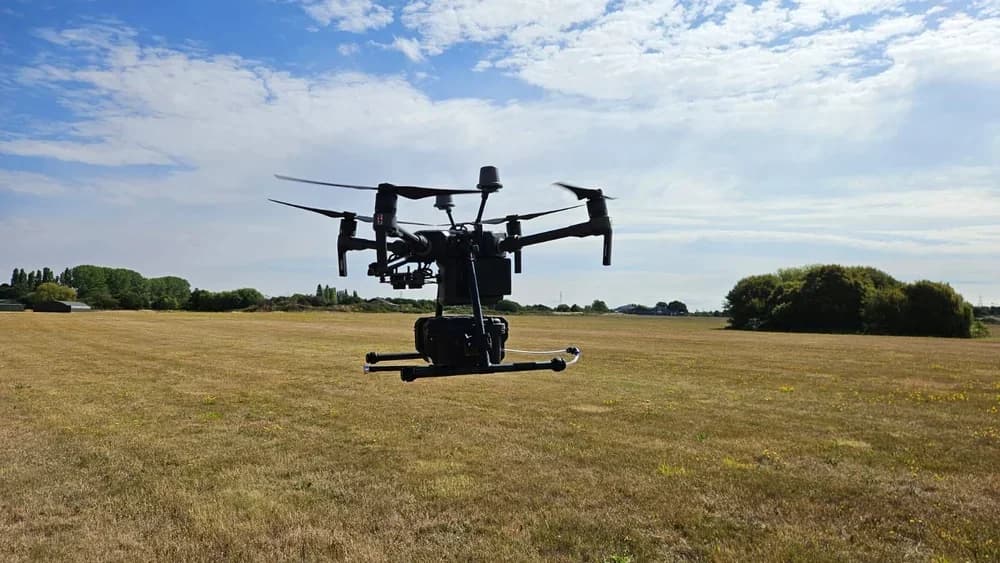
How Long Is an Operational Authorisation Valid For?
Your operational authorisation's validity isn't a fixed period. The National Aviation Authority (NAA) that grants it sets the duration.
They'll base this timeframe on their assessment of your risk management and ability to safely conduct the operation. You'll find the specific expiration date listed on the official authorisation document. To continue your flights beyond this date, you're required to apply for a renewal before it expires, demonstrating your continued safety compliance.
Launch Your Advanced Drone Operations with Certified Professionals
Navigating the Specific Category's requirements for complex drone missions is a significant undertaking, demanding a General Visual Line of Sight Certificate (GVC), a detailed Operations Manual, and a formal Operational Authorisation from the CAA. This is precisely the challenge HireDronePilot is designed to solve. Our network is comprised of professional drone pilots who hold the necessary GVC certifications and are experienced in securing the approvals required for Specific Category flights.
As the UK's premier managed marketplace, HireDronePilot is dedicated to connecting businesses with verified professional drone pilots for hire. Our platform helps you streamline drone services through competitive bidding, ensuring quality, compliance, and value for every aerial project across the United Kingdom. Instead of navigating regulatory complexities yourself, you can hire professional UK drone pilots who are already approved for advanced operations.
Ready to launch your high-risk drone project with confidence? Post your job on HireDronePilot today to receive competitive quotes from certified Specific Category drone operators across the UK.
About the Author

Written by
Peter Leslie
Peter Leslie is a CAA-approved commercial drone pilot with 10+ years experience and over 10,000 flight hours. He holds the GVC and A2 CofC drone licences with full CAA Operational Authorisation. Peter is a member of ARPAS-UK, the UK's non-profit trade association for the drone industry. He founded HireDronePilot to connect UK businesses with qualified, insured drone operators.
Looking for More Drone Work?
Join the UK's leading network of professional drone pilots and grow your business.
Open Access
Bid on any job - all jobs open to all pilots
Grow Revenue
Access high-value commercial projects
Stay Busy
Fill your schedule with regular work
Related Articles

Our Drone Survey Service In Stirling, Scotland
Bringing you Stirling drone survey data from areas no one else can fly.

How Much Does A Drone LiDAR Survey Cost
Forecasting your drone LiDAR survey cost requires understanding what's hidden beyond the initial quote.

Step By Step Process Of Drone LiDAR Survey
Next, discover the crucial post-flight steps that determine your survey's success.
